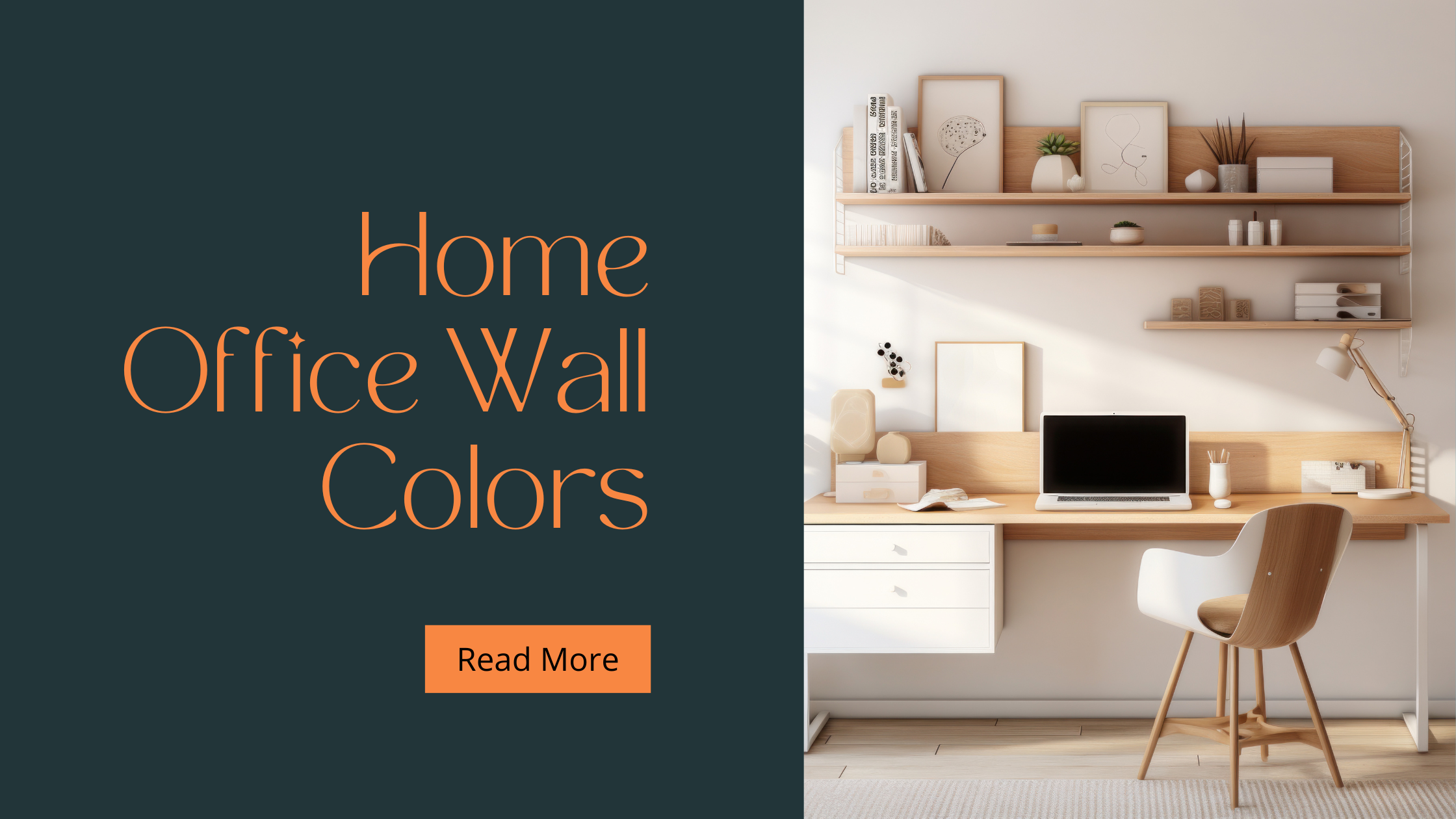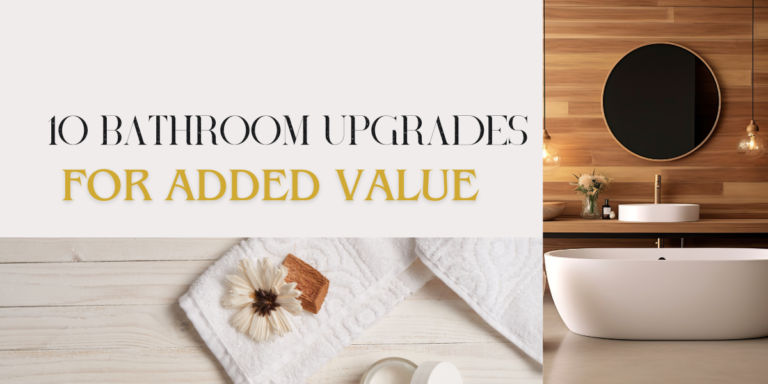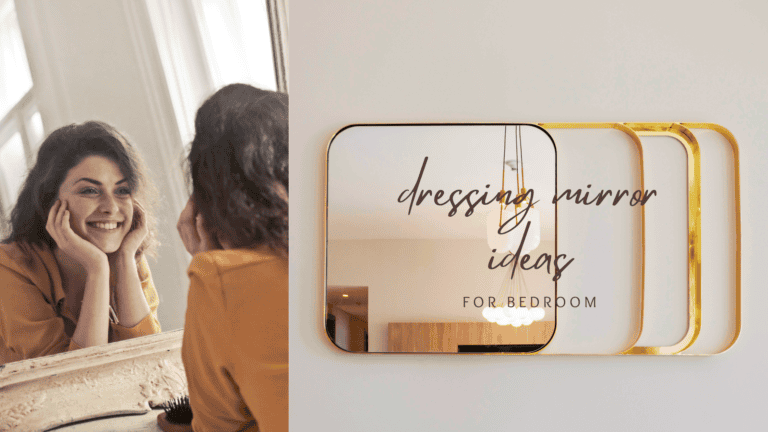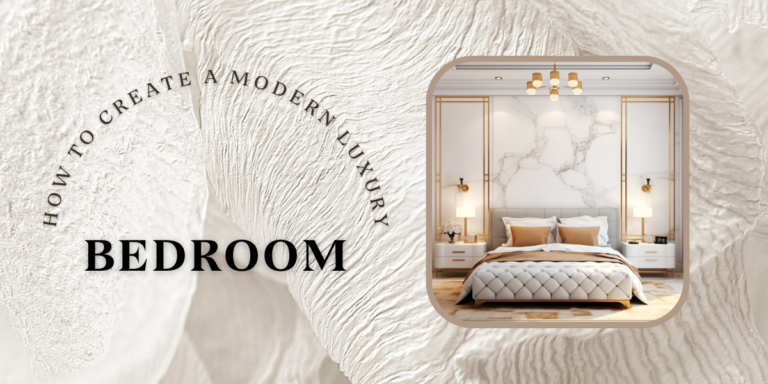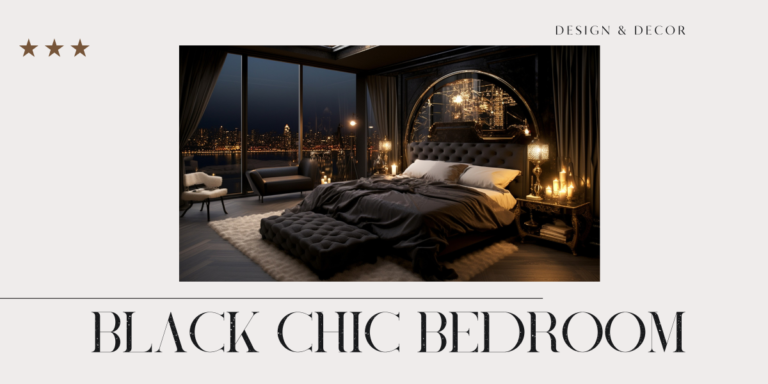The Palette of Productivity: Choosing Home Office Wall Colors for Maximum Efficiency
1. Introduction
Creating a productive home office starts with the right wall colors. The impact of color on mood and efficiency cannot be overstated. Today, we’ll delve into the psychology of colors and provide practical tips for choosing, painting, and maintaining home office walls.
This post contains some affiliate links for your convenience. Please click here to see full disclaimer if you’d like more info! Thanks for supporting Hometheory.
2. Understanding Color Psychology
Color psychology plays a crucial role in creating an effective workspace. Cool tones like blues and greens promote calmness, while warmer tones like reds and yellows energize. Neutral colors offer a professional and versatile backdrop.
3. Top Wall Colors for Home Offices
a. Calming Blues and Greens
Blue and green tones are known for their calming effects, making them ideal for reducing stress and promoting focus in a home office setting. Blue is renowned for its calming and serene effects. It enhances focus and productivity, making it an ideal choice for those in need of a tranquil work environment. Lighter shades promote a sense of openness and communication, while darker blues convey professionalism and reliability.
Shade Suggestions: Sky Blue, Powder Blue, or Slate Blue
Muted blues are exceptional choices for instilling tranquility and promoting focus in your office. Consider painting the main walls in a soothing sky blue, creating a serene backdrop for your workspace. To complement this, opt for powder blue accents in furniture or decor items. A slate blue rug can tie the entire look together, adding a touch of sophistication while maintaining a calm atmosphere.
Green symbolizes nature and balance. It creates a harmonious atmosphere, fostering a sense of growth and stability. Incorporating green into your workspace can promote balance, reduce anxiety, and even enhance concentration. Consider adding potted plants or subtle green accents to reap these benefits.
Shade Suggestions: Sage, Olive, or Mint Green
Photo by Johnston Home Interior Design
Sage greens bring the calming essence of nature into your workspace, promoting balance and productivity. Choose a sage green for your office walls to create a harmonious backdrop. Incorporate olive green in furniture, such as a comfortable chair or desk accessories, to add depth and richness. For a refreshing touch, introduce mint green plants or decor elements to invigorate the overall atmosphere.
b. Energizing Reds and Yellows
For those seeking an energizing atmosphere, reds and yellows can stimulate creativity and motivation, providing a dynamic work environment. Red is a powerful color that stimulates energy, passion, and creativity. Incorporating red accents or using it as a dominant color in your workspace can evoke excitement and drive. However, be cautious with the intensity, as too much red might lead to restlessness or agitation.
- Dominant Red: Consider painting an accent wall in a muted red to add energy without overwhelming the space.
- Strategic Accents: Integrate red in office furniture, decor items, or even in inspirational artwork to create focal points.
Yellow is the color of sunshine and optimism. It’s known to evoke feelings of happiness and creativity. Integrate yellow into your workspace to promote positivity and innovation. However, be mindful of overuse, as excessive yellow may lead to feelings of distraction.
- Sunlit Walls: Opt for light, sunlit shades of yellow for office walls to create a welcoming and positive ambiance.
- Accent Pieces: Infuse yellow through office accessories, such as chairs, cushions, or artwork, to add pops of color without overwhelming the space.
c. Neutral Tones for a Professional Look
Neutral colors like grays, whites, and beiges create a timeless and professional backdrop, allowing flexibility in decor and accessories. White signifies cleanliness, simplicity, and a blank canvas for creativity. Using white as a primary color in your workspace can create an open and clutter-free environment, promoting focus and clarity of thought.
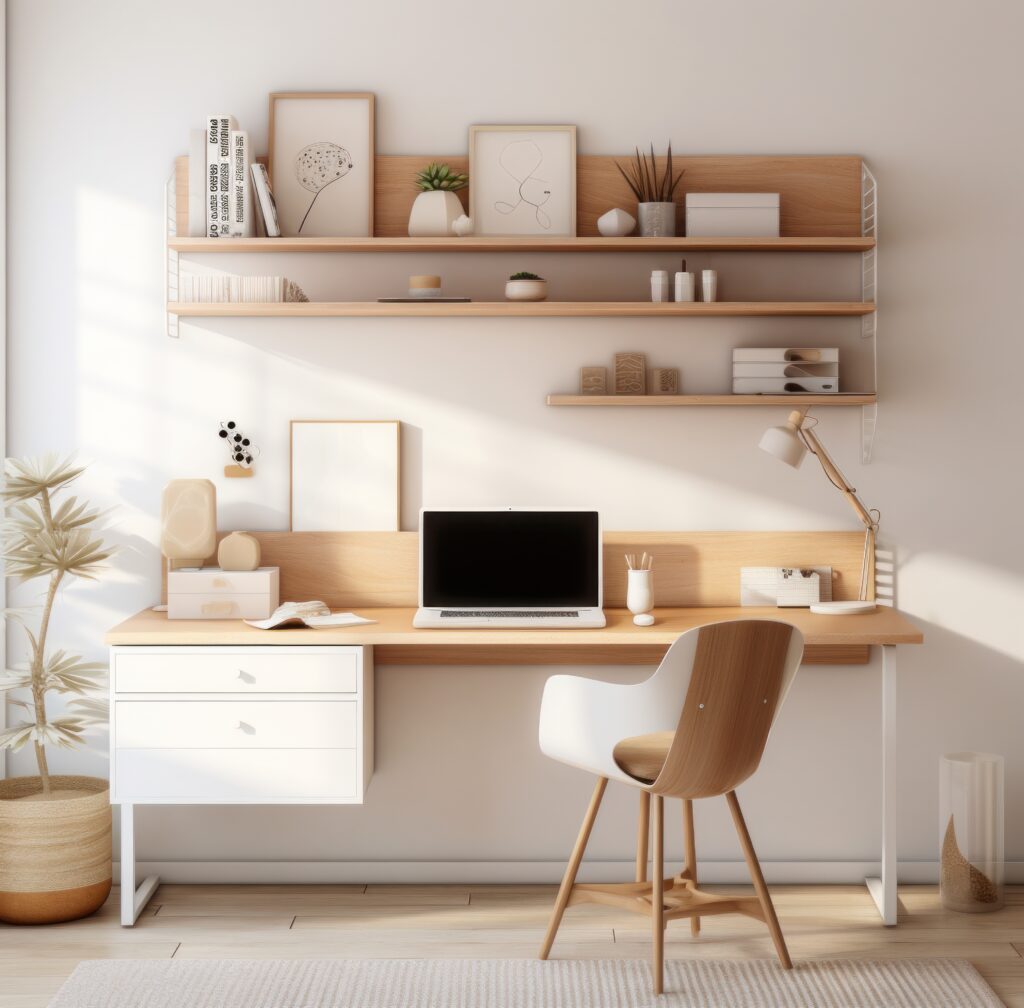
Gray is a versatile and neutral color associated with professionalism and sophistication. It serves as an excellent backdrop, allowing other colors to pop. Use varying shades of gray to convey a sense of flexibility and adaptability in your workspace.
Shade Suggestions: Grays, Whites, and Beiges
Neutral tones serve as the foundation of your workspace, providing a timeless and versatile canvas. Consider using shades of gray, white, or beige for walls, floors, and larger furniture pieces. These neutrals establish a clean and sophisticated backdrop, setting the stage for vibrant pops of color to take center stage.
4. Choosing the Right Color for Your Workspace
a. Assessing the Size and Lighting of the Room
Consider the size and natural light in your home office. Lighter colors can make a small space feel larger, while darker tones add coziness.
Step 1: Analyze Natural Light
Considerations: Direction of Light : Determine the direction of natural light. Rooms with northern exposure receive cooler light, while those with southern exposure receive warmer light. Intensity: Assess the intensity of light. Rooms with ample sunlight can handle bolder colors, while darker rooms may benefit from lighter shades.
Color Choices: Northern Exposure: Opt for warm tones like yellows, oranges, or earthy neutrals to balance the cooler light. Southern Exposure: Cool tones such as blues and greens work well to complement the warmth of the light.
Step 2: Evaluate Room Size
Considerations: Small Rooms : Lighter colors can make a room feel more spacious, while dark colors may create a cozy atmosphere. Large Rooms : Darker colors can add warmth and intimacy to larger spaces, preventing them from feeling too cavernous.
Color Choices: Small Rooms : Choose soft neutrals, pastels, or light blues to enhance the sense of openness. Large Rooms : Experiment with deeper hues like rich greens, blues, or warm earthy tones to create a more intimate setting.
Step 3: Assess Room Functionality
Considerations: Purpose of the Room: Consider the room’s primary function. Bedrooms may benefit from calming colors, while offices may require energizing tones. Desired Atmosphere: Think about the atmosphere you want to create – calming, energizing, or somewhere in between.
Step 4: Examine Existing Elements
- Fixed Elements: Assess fixed elements like flooring, furniture, and architectural features.
- Color Undertones: Identify the undertones in existing elements to ensure color compatibility.
Color Choices:
- Neutral Undertones: Choose colors with similar undertones to maintain a cohesive look.
- Contrasting Undertones: Opt for complementary colors to add visual interest.
b. Considering Personal Preferences and Work Nature
Factor in personal preferences and the nature of your work. Introverts may prefer soothing colors, while extroverts may opt for bold, invigorating choices.
For those seeking passion and creativity:
If your work goals involve tapping into passion and creativity, consider a palette where red takes center stage. Use muted or deep reds for the main elements, such as walls or furniture, and complement them with neutral tones to balance the intensity. This creates a space that fuels your creativity while maintaining a professional and grounded feel.
For those aiming for positivity and innovation:
If your work goals revolve around fostering positivity and innovation, a palette dominated by yellows is the way to go. Choose soft and warm shades for walls, creating an inviting atmosphere. Pair this with white or light-colored furniture to enhance the brightness, promoting a space that exudes positivity and encourages innovative thinking.
c. Harmonizing with Furniture and Decor
Ensure harmony by coordinating wall colors with existing furniture and decor. This creates a cohesive and visually appealing workspace.
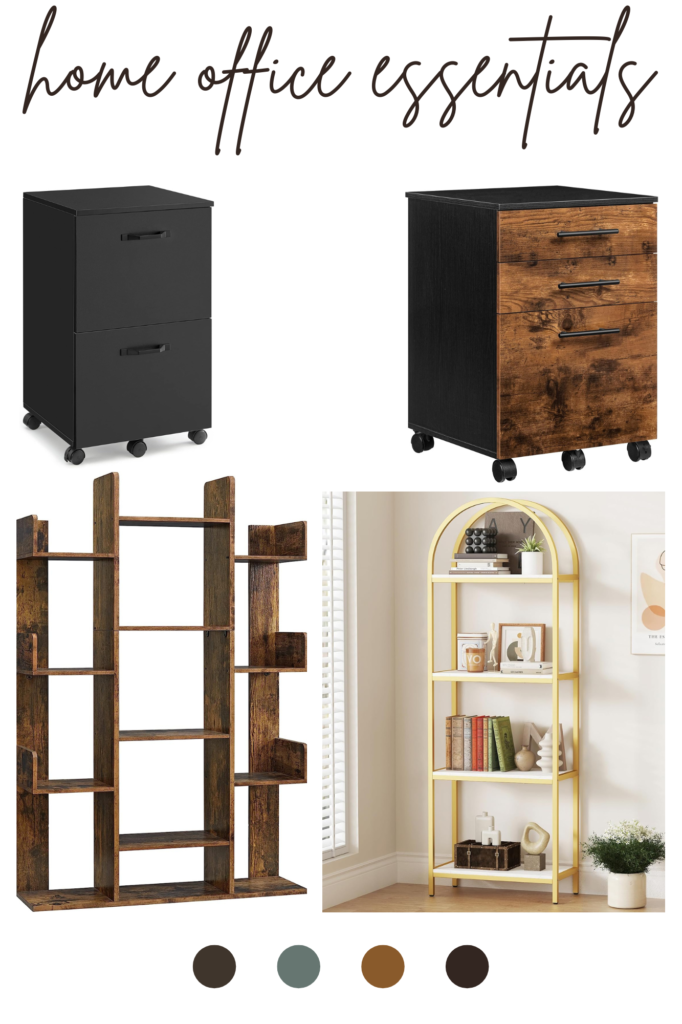
Muted Blues Example:
Place a sleek sky blue sofa against a slate blue feature wall in a designated lounge or collaborative area. This creates a calming space for brainstorming sessions or casual meetings, fostering creativity and open communication.
Sage Greens Example:
Opt for sage green office chairs paired with wooden desks to infuse nature into individual workstations. Complement this with olive green throw pillows or desk organizers, creating a cohesive and balanced aesthetic.
Whether you seek energy, focus, or creativity, the right color palette can be a powerful tool in unlocking success. So, go ahead, paint your path to productivity, and let the colors around you inspire greatness.

All About Homes

